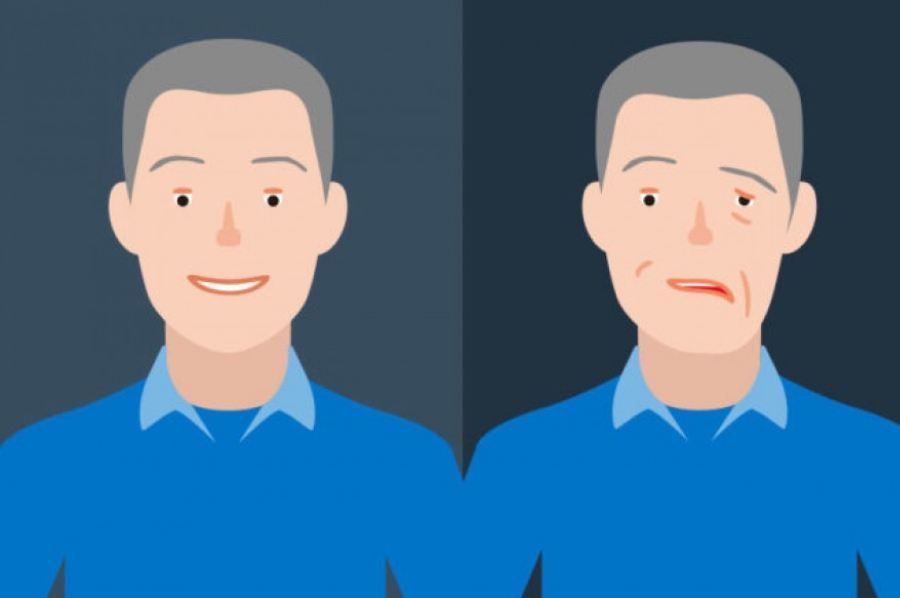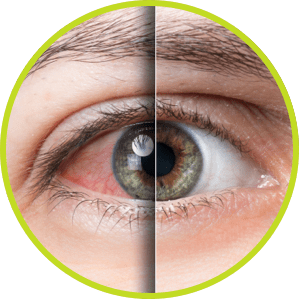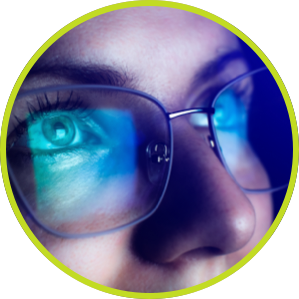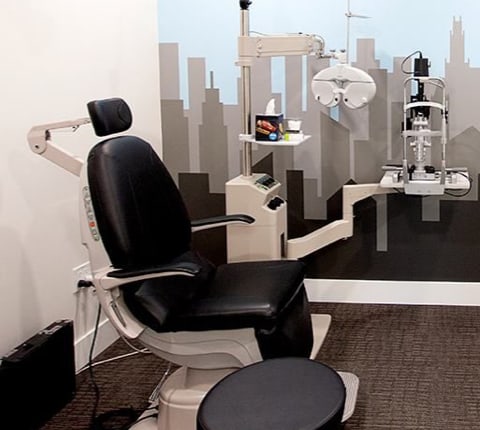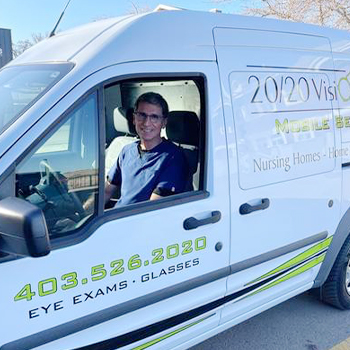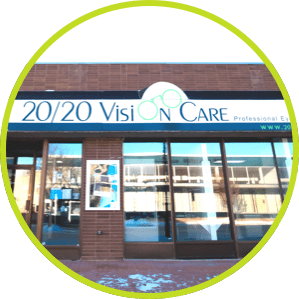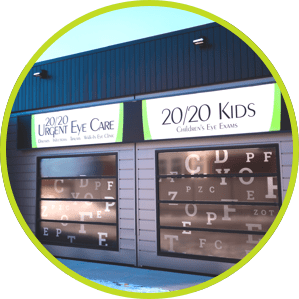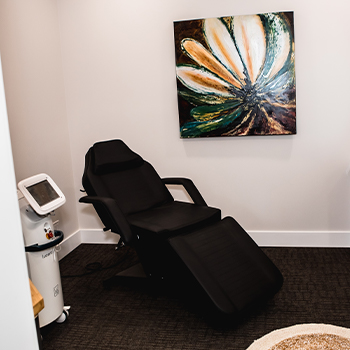Above picture from health.clevelandclinic.org
This condition is named after the Scottish surgeon Charles Bell who first described the disease in the early 1800s. It is a paralysis of the facial nerve on one side of the face, resulting in a facial droop similar to that found in stroke patients. The paralysis often affects the upper eyelid and the side of the mouth on the affected side. This means the person may not close the eye, control salivation, taste the food, cry, smile, frown, or close their lips on the affected side.
Some individuals with Bell’s palsy may also experience other neurological symptoms, such as facial tingling or spasm, headache/neck pain, memory problems, balance problems, limb weakness or numbness on the affected side, or a sense of clumsiness. All symptoms usually occur suddenly and may occur at any age, even as young as birth.
Bell’s palsy can be permanent or temporary, depending on the cause. Most cases result from facial trauma, compression of the nerve by a tumour, or an infection of the nerve tissue, most commonly associated with the herpes simplex virus, herpes zoster virus, or Lyme disease. However, treatment with antiviral medication has not been found effective. Early treatment with corticosteroids has been found to improve outcomes.
The majority of cases, with or without treatment, will resolve, and individuals will recover fully. However, some may not fully recover, and others may have residual effects of the healing process for their entire lives. When nerve tissue regenerates along the facial nerve, some nerve pathways may become confused, causing movement of the eye and mouth simultaneously, tearing while eating, etc.
Due to the eye’s inability to blink or close properly, the affected eye is prone to drying. This dryness can cause irritation and pain, increased risk of eye infection, permanent scarring, or damage to the cornea. It is crucial to keep the affected eye moist. The eye may need to be covered or taped shut when sleeping, and care needs to be taken to protect the affected eye from injury.
For more information or to book an appointment, please call us at 20/20 Vision Care, Doctors of Optometry.
Text from: Optometry Practice Information Systems


